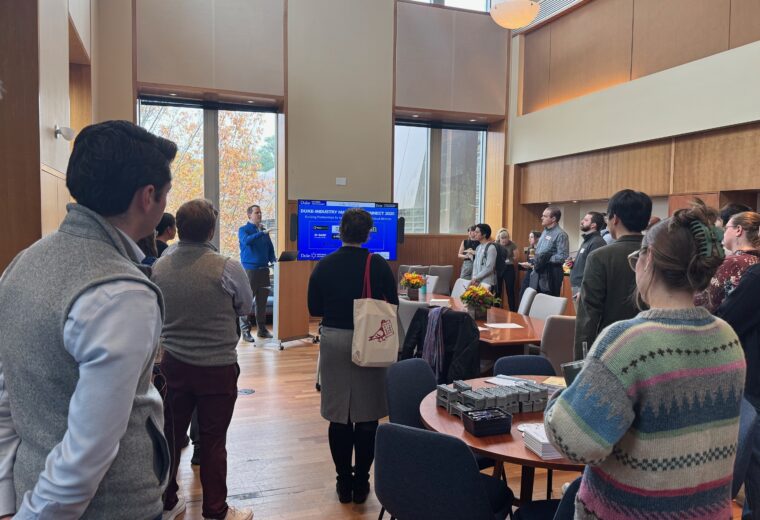
Bringing Together Regional Industry and Duke Materials Science
The Duke Materials Initiative and the Duke Critical Minerals Hub, in conjunction with Duke’s Office for External Partnerships, hosted the inaugural Duke-Industry Materials Connect event, an afternoon focused on collaboration, innovation, and networking across the broad space of materials science.


